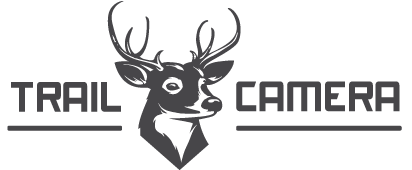One of the biggest dreams a deer hunter has is to bring in the biggest buck he can find. Accomplishing such a feat is not easy and it might take years, even, decade’s worth of experience to be able to bag the big one.
This was the case a few years ago.
With the advent of modern technology, knowledge sharing has become easier and best practices are now accessible to everybody who knows what he’s looking for. Of course, best practices need some time to get used to and no one becomes an expert after watching a video or reading an article. Experiencing real world conditions is always the best way to go right after gaining theoretical knowledge on deer hunting.
Tips and Tricks
Deer is a harder target than other game given their natural speed and agility. But do not get discouraged, here are some tips and tricks that hunters use to level the playing field.
- Track the Game – Study deer feeding habits and look out for droppings. Depending on how fresh the tracks are, these can pinpoint where deer eat and sleep. Freshly gnawed plants often have their tops chomped on and grass or weed used are bedding are often flattened consistent to the size of the deer. Resting areas and watering holes should not be disturbed or altered in any way as sudden changes in their habitat will scare them away.
- Install Trail Cameras – Trail cameras are becoming a hunter’s best friend and it is always advisable to have five or six installed around the hunting grounds. Trail cameras provide hunters with important information like the size of the herd, recent movements, age and other demographic data.
- Hunt Smart – Make the deer come to the hunter. Hunters, who happen to be property owners, often use feeders to attract deer and make them stay.
- Feeding the game – Deer can eat anything but most hunters prefer laying our apples, pears, some grain and packaged feed. Some hunters note that peanut butter and deer cane gel works in attracting the big ones. Mix them up in a bucket and spread them near watering holes and game trails.
- Leave the Small Fry – Be patient. Do not shoot everything that comes within sight. Identify the members of the herd if possible and aim to lure the biggest buck. Does should not be hunted as much as possible as they will provide the next generation of fawns.
- Use the Terrain – Deer would know the lay of the land better than the hunter but it should not stop anyone to taking advantage of what is around him. Use tree stands to get the higher ground and keep above the deer eyesight. Hunters using bow and arrow often use these to add more killing power to their shots.
- Mask Scents – Deer have a very sharp sense of smell and they can smell humans from far away. Mask the human smell by washing clothes in special hunting detergent or use baking soda as an alternative. Pine needles can also be rubbed on clothing to camouflage the smell.
- Timing – A study was made on deer hunting and it showed that the biggest bucks often fall between 10AM and 2PM. This would not always be the case but timing is everything when it comes to hunting.
- Anticipate – A good hunter should know how his prey moves. Deer are singular creatures and they head towards a single direction when they know they’re being hunted. Away. In order to catch the big bucks, follow their movement and take aim a few paces ahead of their direction, once they are on sight, shoot.
- Preparation is Everything – Practice makes perfect and this applies to hunting. Practice shooting skills during off-season and learn to be more confident. Any tool will prove useless if the hunter is not proficient and confident in using it.
Sustaining the deer population is also important as it will make sure that there are deer to hunt each and every season. Going after the big one takes a lot of preparation and an even bigger amount of patience. Practice and prepare during off season, stalk and anticipate when the hunt begins.


